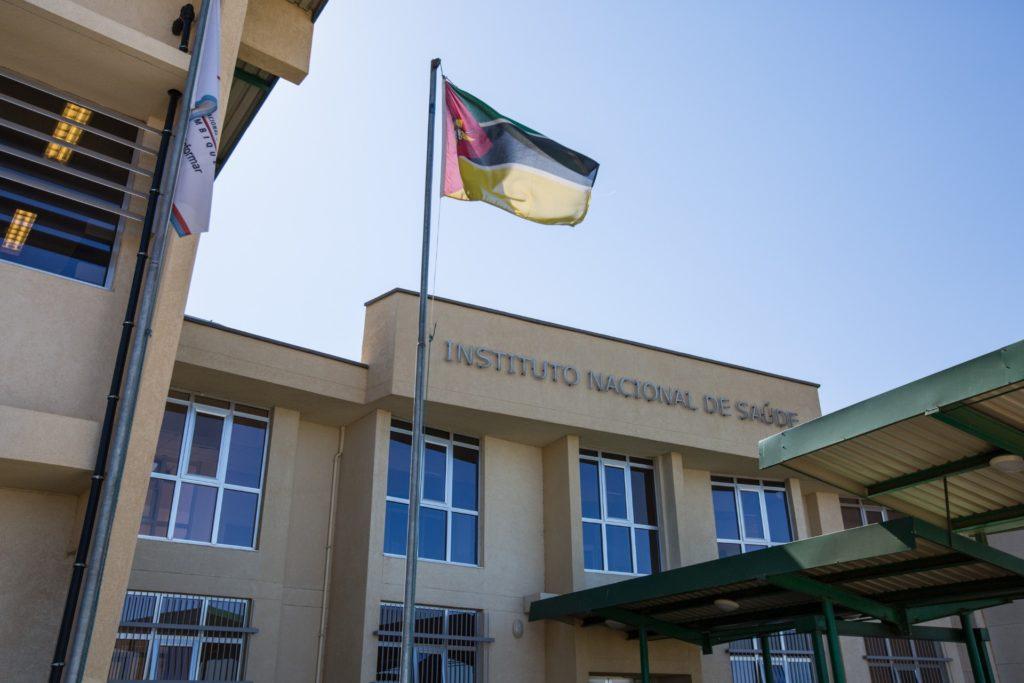
As some of you might recall, during the COVID-19 pandemic, having a female leadership was by and large an advantage. Examples include a number of female Presidents who prioritized science and public health over politics (well, at least more than the “average” male leader) and managed to contain the severity of the situation without causing unnecessary panic.
Although Mozambique was not led by a female President during the pandemic, two women stood out in the national response to the COVID-19 pandemic, the then National Director of Public Health at the Ministry of Health, Rosa Marlene Cuco, and the then National Director of Public Health Laboratories at the Instituto Nacional de Saúde (National Public Health Institute in Mozambique), Sofia Viegas. They made frequent appearances in the press, updating epidemiological data and improving the readiness of the national health system, using the same platform (daily press conferences on the evolution of the COVID-19 in the country) as the Minister of Health and the Instituto Nacional de Saúde General Director.
Female leadership at the Instituto Nacional de Saúde
With this introduction, we get to the heart of this article. Below, I’d like to reflect on the state of women’s leadership in the health sector in Mozambique, taking the institute where I work, the Instituto Nacional de Saúde (INS) as a case study.
INS is representative of the reality of female leadership in the health sector in Mozambique, as well as in other decision-making bodies. Although there has been progress in terms of women’s representation in decision-making positions (with Mozambique even being one of the countries with the highest representation of women in decision-making bodies), there are still challenges in the implementation of the country’s gender strategy. INS is no exception, as you will notice.
The INS dates back to the colonial period. After Independence (1975), from 1977 to the present day, the institute has been led by eight male Directors (89%) and only one female Director (11%). In the same period, the institution had four male Deputy Directors and only one female Deputy Director. How do I know? Well, I just had to check the hall with pictures of past and present leaders at my institute.
Figures from 2022 indicate that INS has 829 employees, with 47.5% of them women and 52.5% men. Currently, INS has 4 National Directors (three men and one woman), four Heads of Autonomous Central Departments (one man and three women), eight Heads of Central Departments (four men and four women) and, finally, six Provincial Delegates (five men and one woman). More recent figures (not yet available online) point in a similar direction.
From the above data we can see that INS has a 48-year history of prominently male leadership, with only one woman having held the position of General Director and one woman the position of Deputy General Director. This tendency seems to persist in the current organisational structure, see for example the National Directors (75 % men), which correspond to the second descending line of the institutional leadership pyramid. In addition, the Provincial Delegates, who represent the institution at provincial level, reinforce this gender imbalance (only 16 % women).
Meanwhile, the current percentage of female employees is only slightly lower than the one for males, and there is a balance in terms of higher education and technical-scientific skills between female and male employees.
Some questions
So clearly, the leadership picture raises a number of questions:
1) Why are female INS employees under-represented in top leadership and institutional decision-making positions, given that they are not so far outnumbered by men and have clearly adequate training and skills?
2) What paths can INS take to reverse the current scenario of gender inequality and inequity in top institutional leadership?
3) What constitutes a barrier so that, like the countries led by women during the pandemic, Mozambique can have more women in top decision-making positions?
Without pretending to provide answers to these questions, it should be borne in mind that INS is a technical-scientific health institution. In science, relevance lies not in who makes the discovery, but in the “verifiable truth” that is revealed. Some would thus argue that doing science should be independent of gender, race, age, culture, political preference, religious affiliation, etc. However, women’s paths to the “verifiable truth” differ from men’s paths – and the past shows us that when it comes to gender, race or minority status, what is “different” from the acceptable social construct is more often than not quickly considered as “inferior.”…
While it is true that science must use specialised tools, be built on current knowledge, require time, selfless effort and long periods of training, in the past women were expressly denied these privileges. Nowadays, the barriers are more subtle. Even though women have the required education and technical and scientific skills now, they often seem to be relegated to the role of helper rather than leader.
Unnoticed?
Throughout the world, female leadership in the health sector and decision making in general, remains a work in progress. Currently, the road ahead even seems more arduous than a few years before, as there’s a great deal of resistance and backlash now in a number of countries, sadly.
Moving back to Mozambique and more in particular my institute, though, I would argue these issues may not represent an institutional priority (yet). The status quo of male hegemony in leadership still largely goes ‘unnoticed’. Is this a topic on the agenda with concrete plans to reverse it?
I hope to have contributed to getting it on the agenda with this article 😊!

Pictures: by INS photographers from the Communication Department